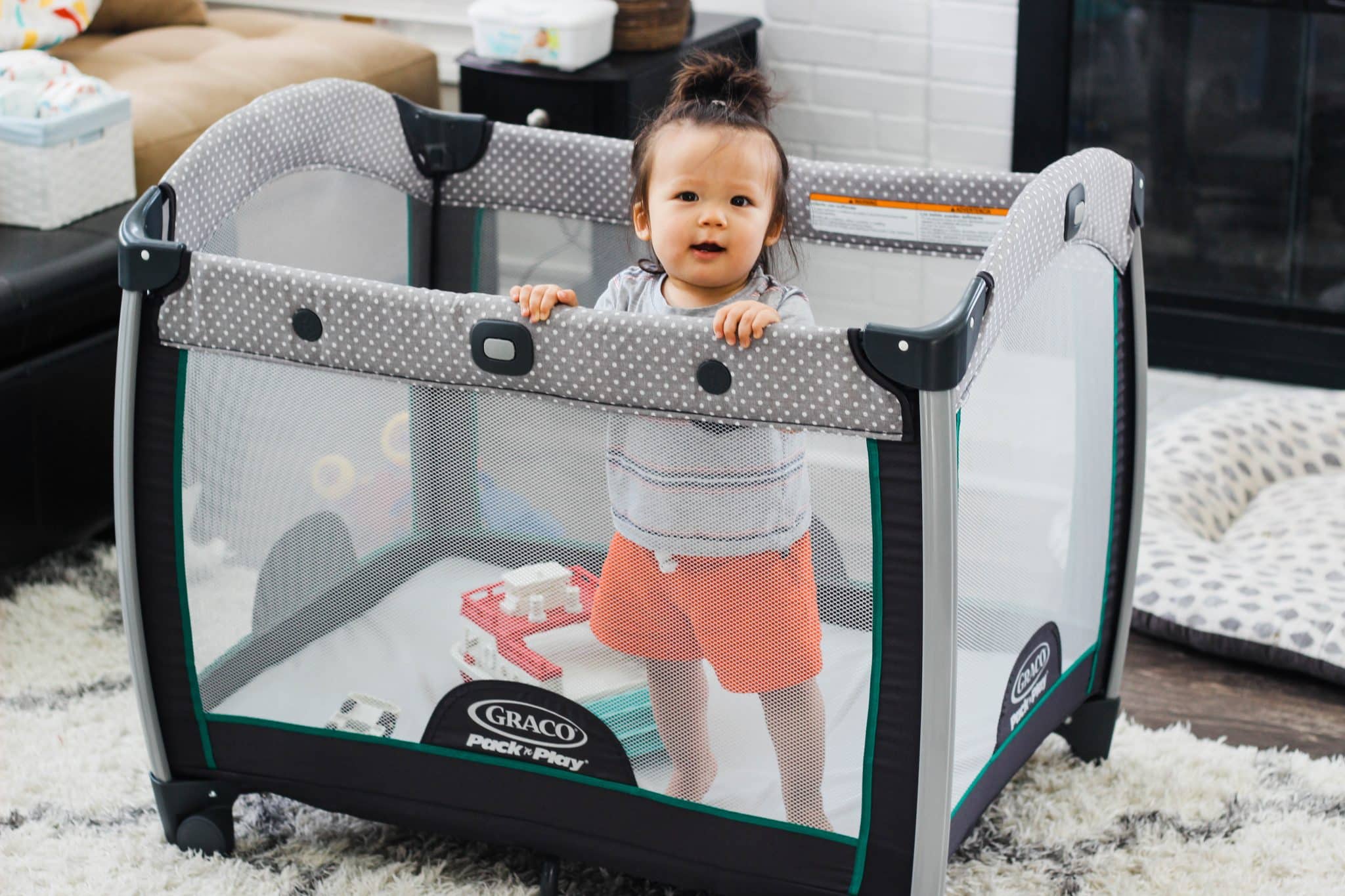
Those tiny eyes pop open. Your heart melts. Then panic sets in—what now? How long should your 5-week-old stay awake? Welcome to the mysterious world of wake windows.
Every parent has been there. Your baby is awake, and you’re watching the clock tick by, wondering if it’s too soon for another nap. Or maybe your little one seems cranky after just 30 minutes of playtime.
Wake windows might sound like complicated science, but they’re simply the amount of time your baby can happily stay awake between naps. At 5 weeks old, these windows are short—really short.
Getting them right can mean the difference between a fussy, overtired baby and a happy, well-rested one. Let’s break down what you need to know about wake windows for your 5-week-old bundle of joy.
What Are Wake Windows and Why Are They Important?
Wake windows are the periods your baby can comfortably stay awake between sleep cycles. These timeframes naturally vary as your baby grows, but for a 5-week-old, they’re typically very brief.
Think of wake windows as your baby’s energy meter—they can only handle being “on” for short bursts before needing to recharge.
These windows help regulate your baby’s natural sleep-wake rhythm. Just like adults have circadian rhythms, babies are developing their internal clocks.
Benefits of Proper Wake Windows
Getting wake windows right can be game-changing for both the baby and the parents. When babies stay awake for the right amount of time:
- Falling asleep more easily at nap time
- They experience deeper, more restorative sleep
- They’re less likely to become overtired and fussy
- Their bodies release growth hormones at the right times
- Their brains have better opportunities to process new information
Finding that sweet spot helps everyone in the household enjoy more peaceful days and nights.
Wake Windows by Age: Understanding Baby’s Sleep Needs
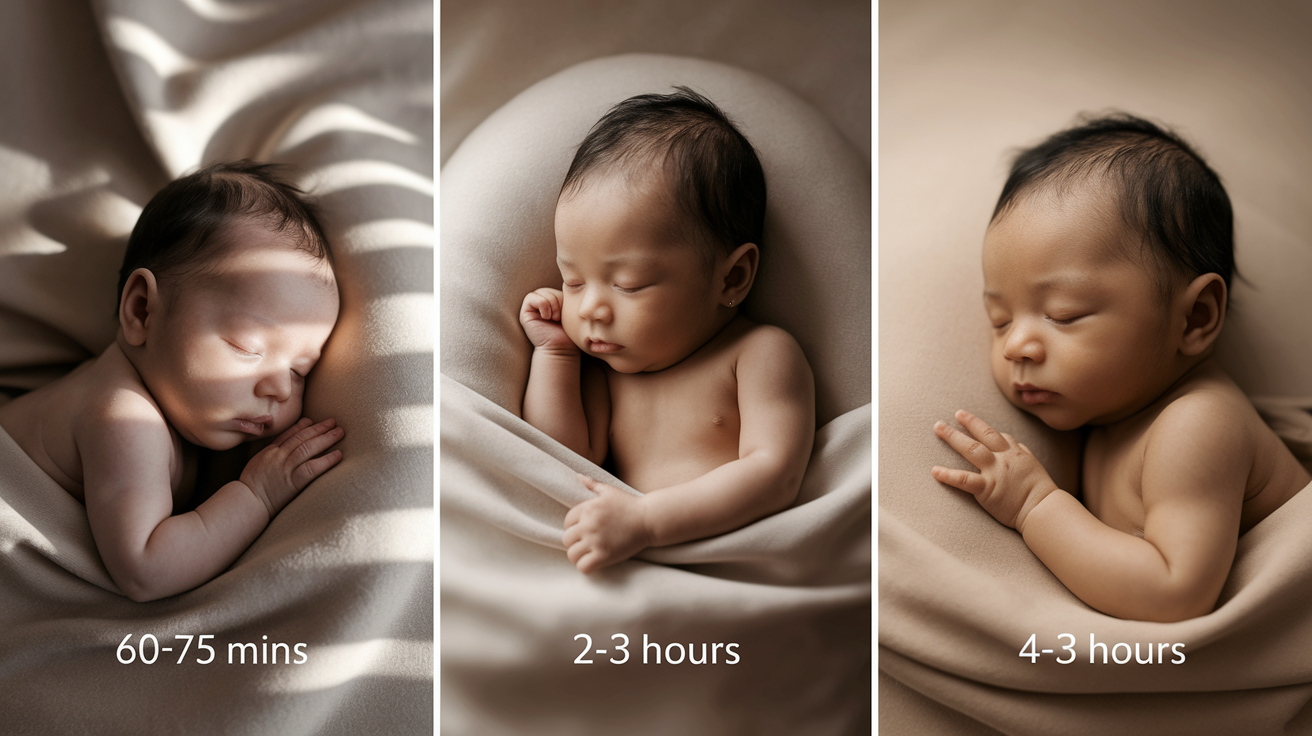
As your baby grows, their wake windows change dramatically. These changes reflect your baby’s developing brain and body, which need different amounts of rest and stimulation at each stage.
Understanding how wake windows evolve helps you anticipate your baby’s changing sleep needs.
| AGE | TYPICAL WAKE WINDOW | WHAT TO EXPECT |
|---|---|---|
| 0-2 weeks | 30-45 minutes | Very sleepy newborns who wake mainly to feed |
| 2-4 weeks | 45-60 minutes | Slightly more alert periods between frequent naps |
| 5-6 weeks | 60-75 minutes | More interest in surroundings but still needing lots of sleep |
| 3-4 months | 1.5-2 hours | Increased alertness and beginning of sleep pattern development |
| 4-6 months | 1.5-2.5 hours | Longer alert periods; possible sleep regression |
| 6-9 months | 2-3 hours | More active and social; shifting toward fewer but longer naps |
| 9-12 months | 3-4 hours | Transitioning to a two-nap schedule |
| 12+ months | 4-5 hours | Moving toward a single afternoon nap |
Remember that these ranges are averages – your unique baby might need slightly more or less wake time at each stage.
How Long Should Wake Windows Be for a 5-Week-Old?

The ideal wake window for a 5-week-old baby is between 60 and 75 minutes (1 hour to 1 hour and 15 minutes). This short timeframe reflects your baby’s developmental needs at this stage.
This includes all awake activities: feeding, changing, playtime, etc.
Wake windows are measured from when the baby’s eyes open to when you start the nap routine. Timing may vary slightly based on your unique baby.
Signs of an Overstretched Wake Window
- Increased fussiness or crying that isn’t easy to soothe
- Arching back, clenched fists, or jerky movements
- Red eyebrows or skin around the eyes
- Multiple yawns, hiccups, or sneezing
- Turning away from stimulation
- Glazed, unfocused stare
Watch for these signals as you approach the 60-minute mark. Acting promptly when you notice these signs helps prevent the challenging “overtired” state that makes it harder for babies to settle down.
Signs that Your Baby Is Ready for A Nap

Learning to recognize your 5-week-old’s sleep signals can transform your daily routine. These subtle clues are your baby’s way of communicating that their wake window is ending and their body needs rest. Spotting these signs early helps you time naps perfectly.
Early Sleep Signals
Your baby will likely show several of these signs when they’re ready for sleep:
- Physical clues: Yawning, eye rubbing, ear pulling, or head turning from side to side
- Behavioral changes: Decreased activity, reduced interest in toys or faces, or becoming quieter
- Visual indicators: Slight redness around eyebrows, glazed or unfocused look in their eyes
- Mood shifts: Mild fussiness, whimpering, or seeming less content than earlier in their wake window
Every baby has unique sleep signals. Some are very obvious, with big yawns and eye rubs, while others show more subtle changes like becoming slightly less engaged. With time, you’ll become fluent in your baby’s personal sleep language.
Why Does Timing Matter?
Responding promptly to these early sleep cues gives you the best opportunity for smooth nap transitions. When you catch these signals and begin your nap routine, you’re working with your baby’s natural sleep rhythm.
If you miss these early signs, your baby may become overtired, making it paradoxically harder for them to fall asleep.
Their bodies release stress hormones that work against sleep, often resulting in shorter, more restless naps.
By consistently responding to your baby’s sleep signals, you’re establishing a foundation of healthy sleep habits that will benefit your whole family as your baby grows.
Creating a Nap Schedule for Your 5-Week-Old
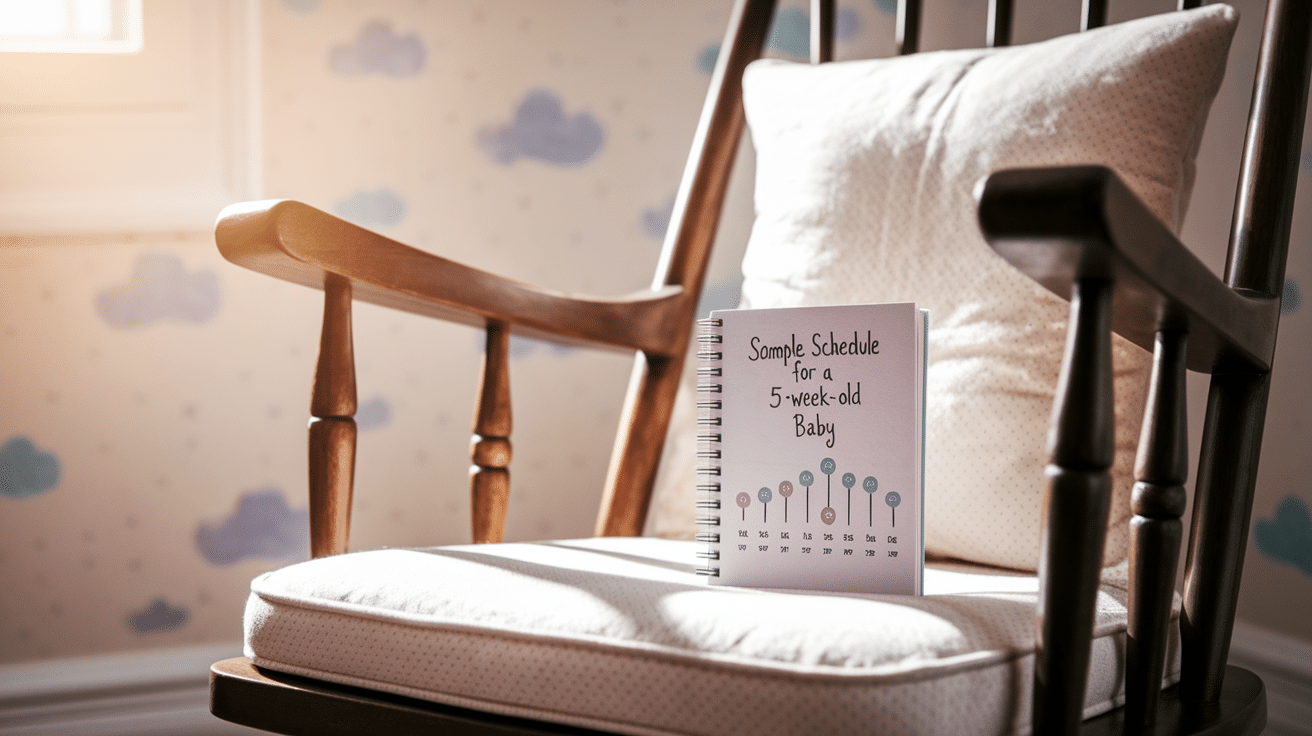
Follow your baby’s natural rhythm while maintaining wake windows of 60-75 minutes between naps. This sample schedule offers a flexible framework to guide your day.
| TIME | ACTIVITY | NOTES |
|---|---|---|
| 7:00 AM | Morning wake-up & feed | Start of day |
| 8:15 AM | Morning nap 1 | After ~75 min wake window |
| 9:45 AM | Wake & feed | Length varies based on nap |
| 11:00 AM | Morning nap 2 | After ~75 min wake window |
| 12:30 PM | Wake & feed | After nap |
| 1:45 PM | Afternoon nap | After ~75 min wake window |
| 3:15 PM | Wake & feed | After nap |
| 4:30 PM | Late afternoon nap | After ~75 min wake window |
| 6:00 PM | Wake, feed & bedtime routine | Begin winding down |
| 7:30 PM | Bedtime | End of day routine |
Key Points:
- Focus on wake windows (60-75 minutes) rather than exact clock times
- Watch for sleep cues like yawning, eye rubbing, or decreased activity
- Keep a consistent pre-nap routine to signal sleep time
- Expect nap lengths to vary throughout the day
- Adjust the schedule as your baby grows and wake windows naturally extend
When to Change Your Baby’s Wake Window?

As your baby grows, their ability to stay awake longer will naturally develop. Being alert to these transitions helps maintain healthy sleep patterns.
Signs Your Baby Needs a Longer Wake Window
- Your baby seems happy and engaged even after the normal wake window ends
- They start taking longer to fall asleep at naps and bedtime
- They fight sleep during your usual nap routine
- The current schedule results in too many short naps or disrupted night sleep
- They’re consistently showing sleep cues later than before.
Most babies first extend their wake windows around 8-10 weeks old, with another natural shift occurring around 5 months and 8 months. Watch your baby rather than following a strict timeline.
Making the Transition
Extend wake periods gradually by adding 10-15 minutes at a time. Start with the morning wake window before adjusting others. Observe how your baby responds and be prepared to change back if they show signs of overtiredness.
Remember that sleep needs continuously evolve throughout your baby’s first year. Stay flexible and responsive to their changing patterns.
For help with shifting schedules, check out our complete guide on nap transition to make these changes smoother for everyone.
Wrapping It Up
Wake windows matter. They truly do. Your 5-week-old’s short awake periods aren’t just arbitrary numbers. They’re your secret weapon.
Watch your baby, not the clock. Those tiny yawns and eye rubs? They’re speaking to you. Listen.
Some days will flow perfectly. Others will feel impossible. Both are normal. Both will pass. Trust yourself. You’re learning together. No parent gets it right every time.
Your efforts now build sleep foundations for months ahead. Those extra minutes watching for sleep cues pay off in peaceful naps.
Be flexible. Be patient. Be kind to yourself.
Your baby doesn’t need perfection. They need you—responsive, loving, and try your best to understand their needs. You’ve got this.
If you’re interested in more informational content on mothers and babies, feel free to click here and explore other blogs that you might enjoy!


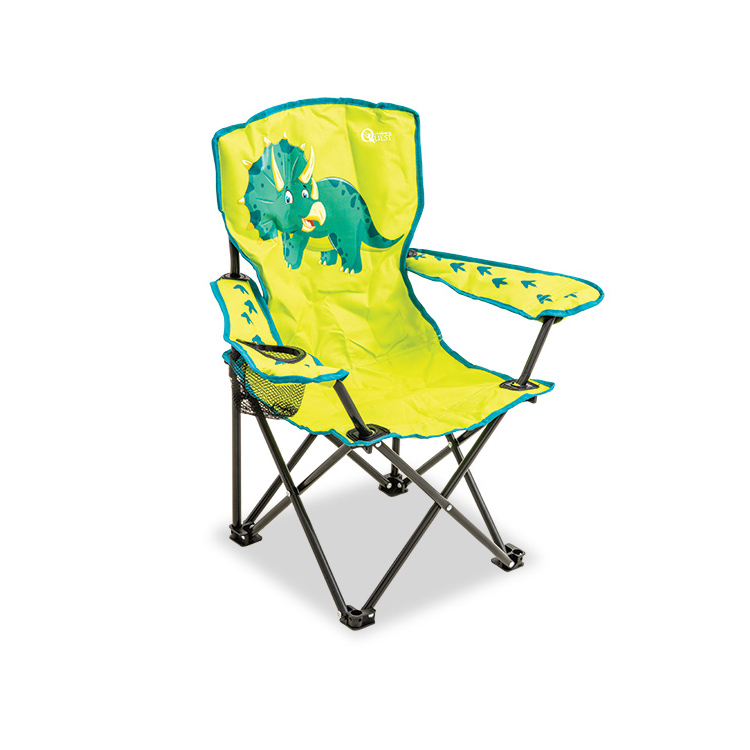

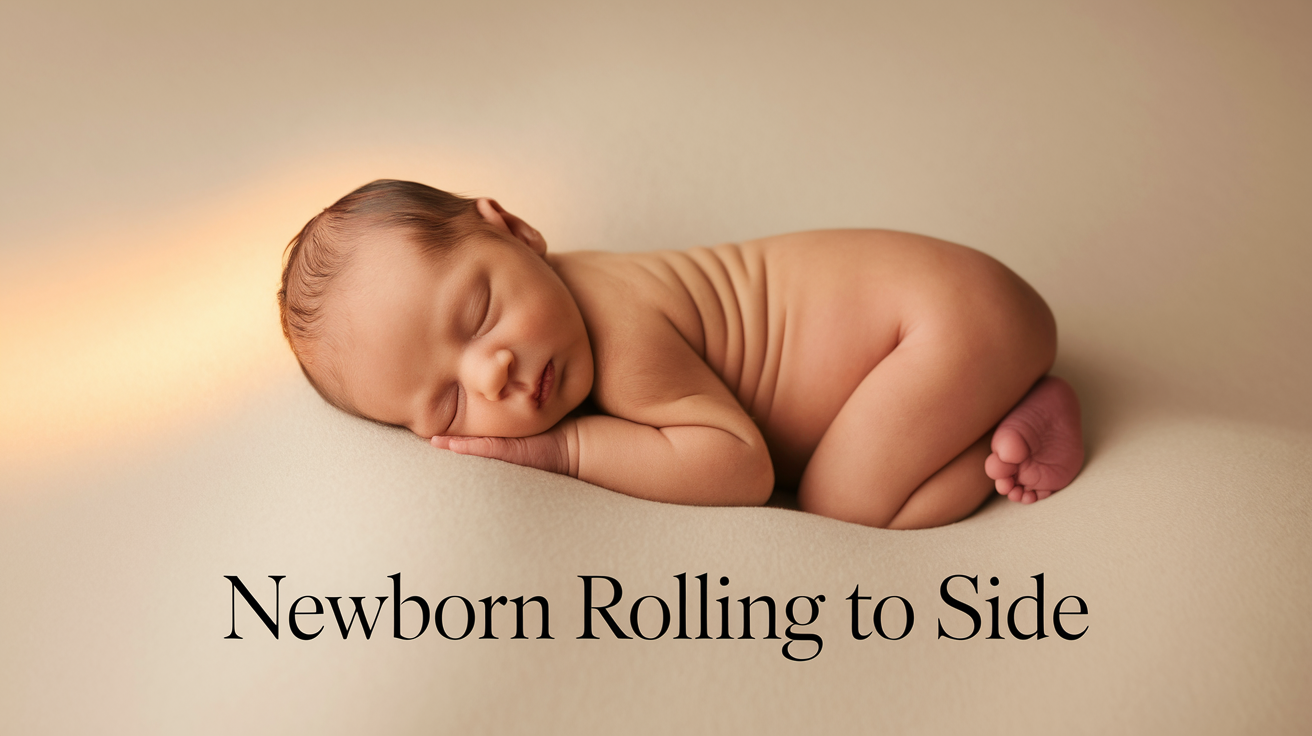



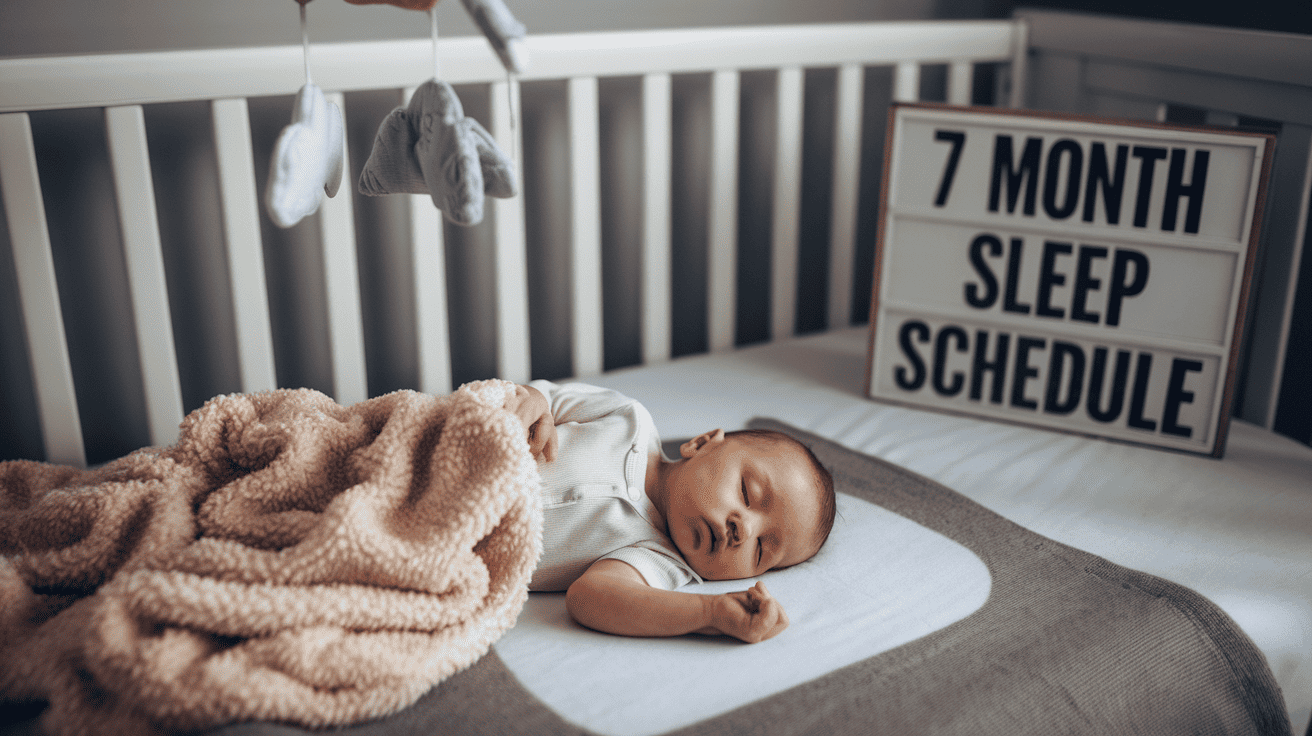
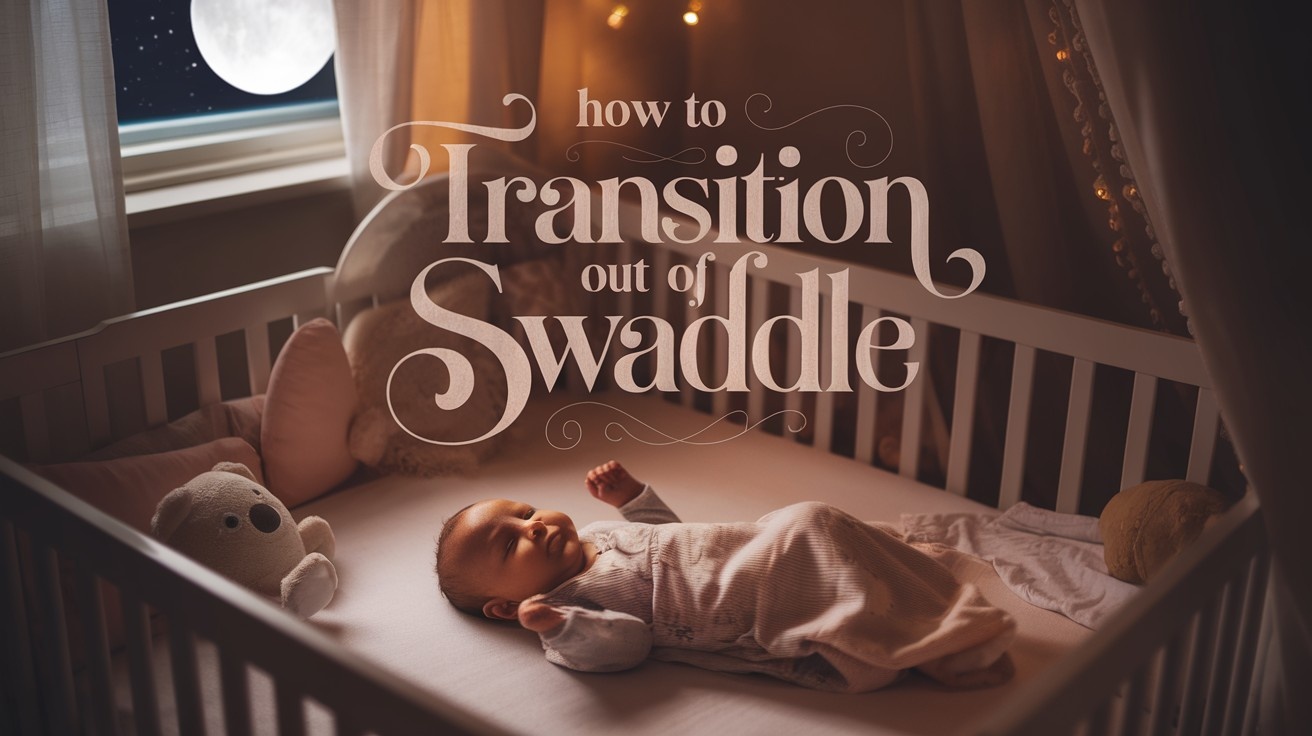
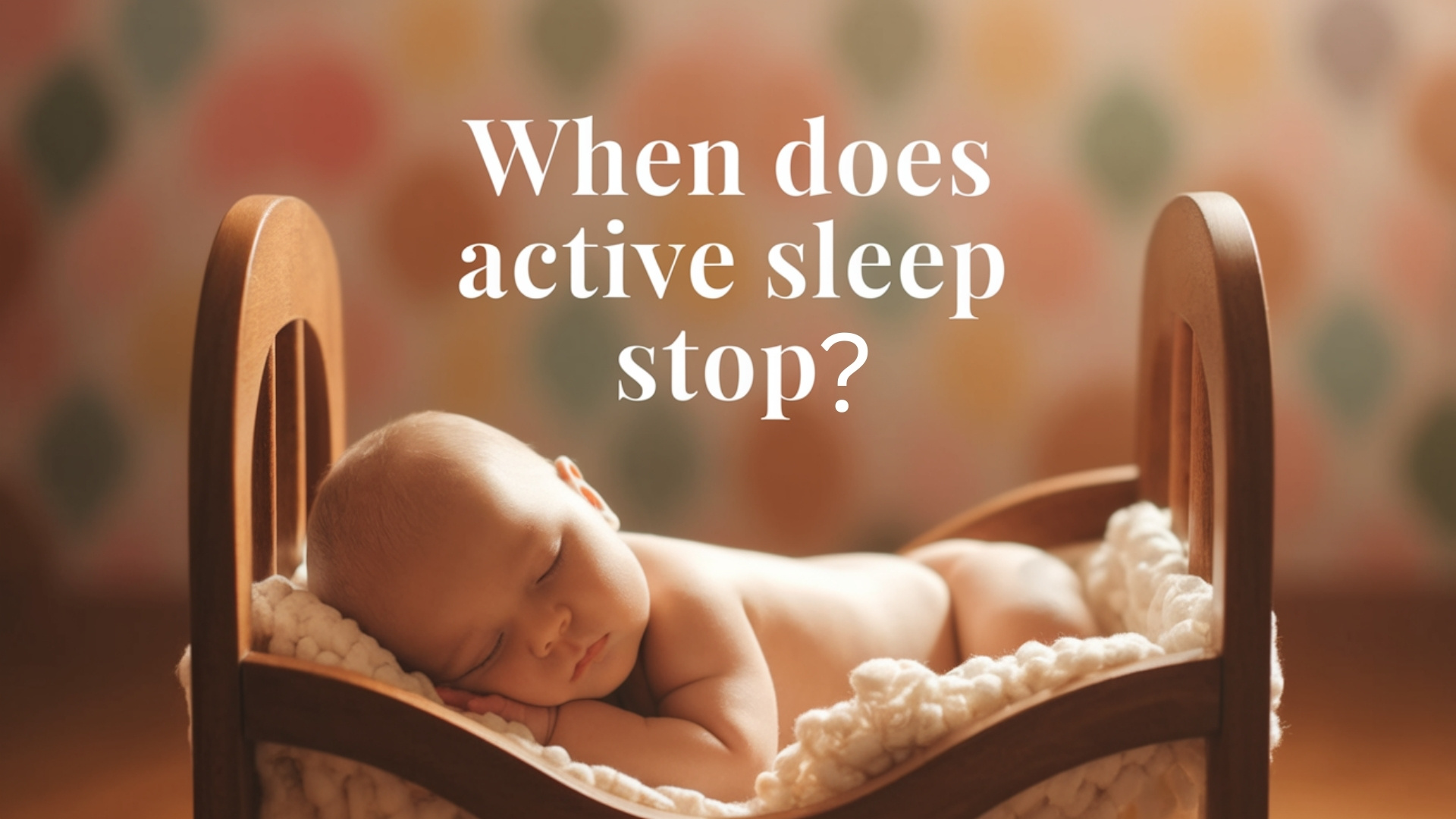
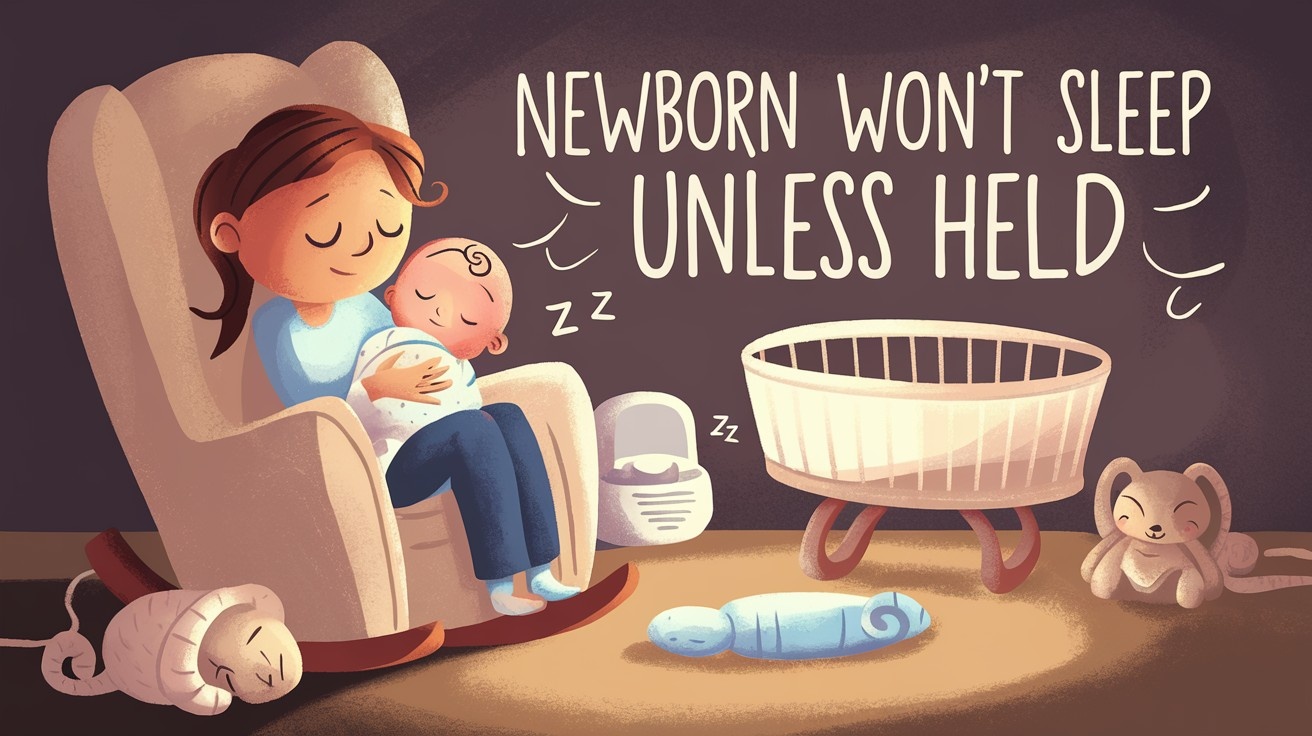
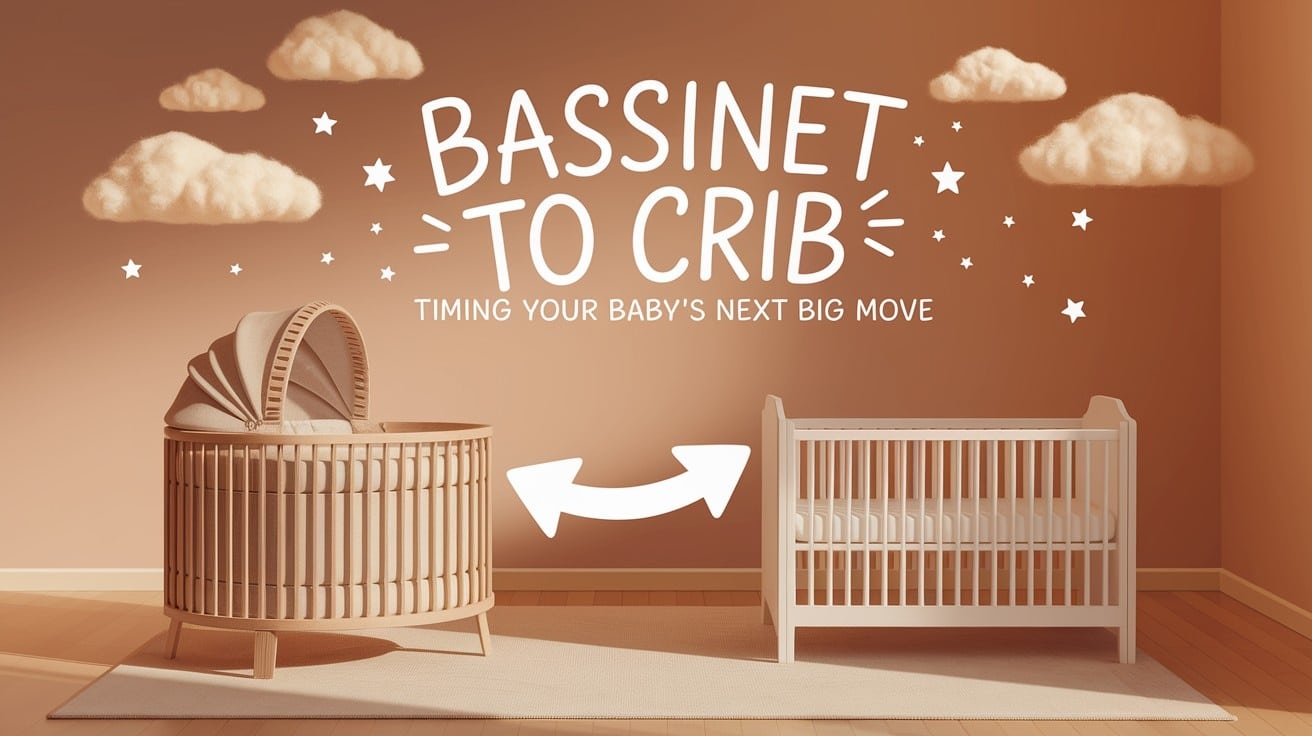
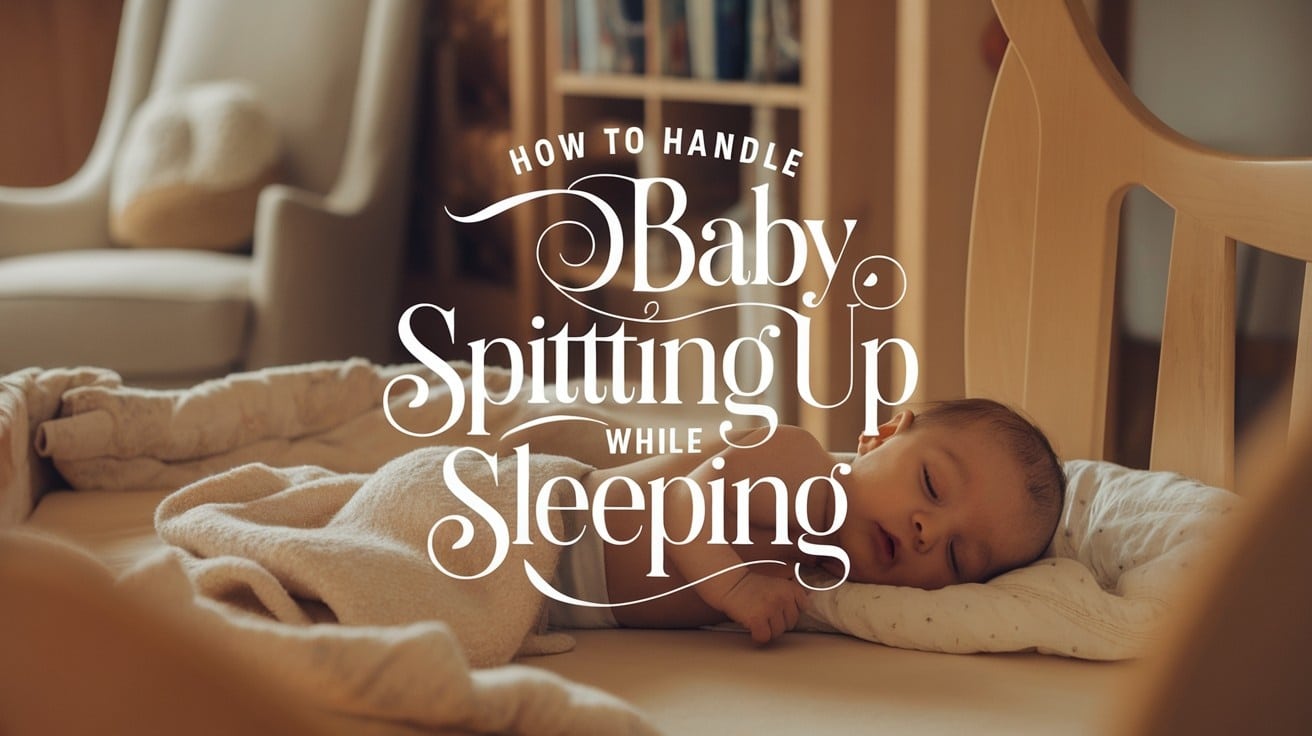






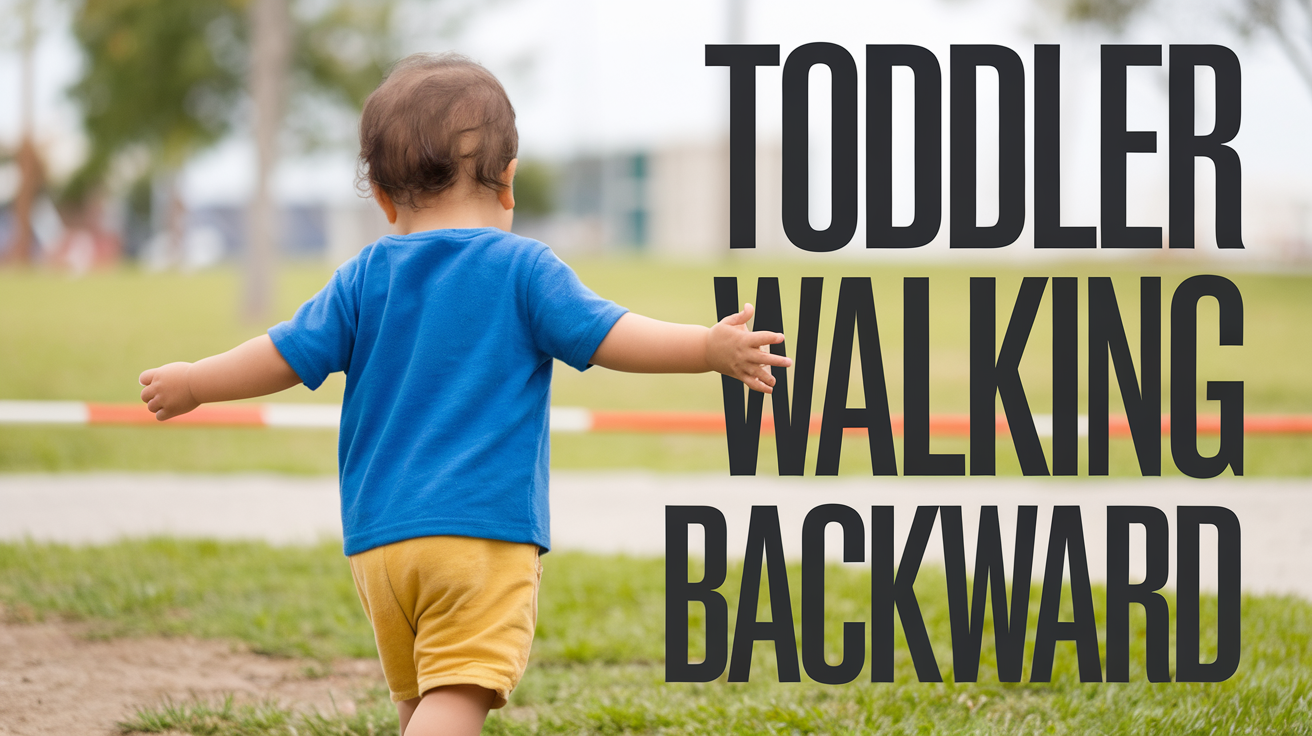

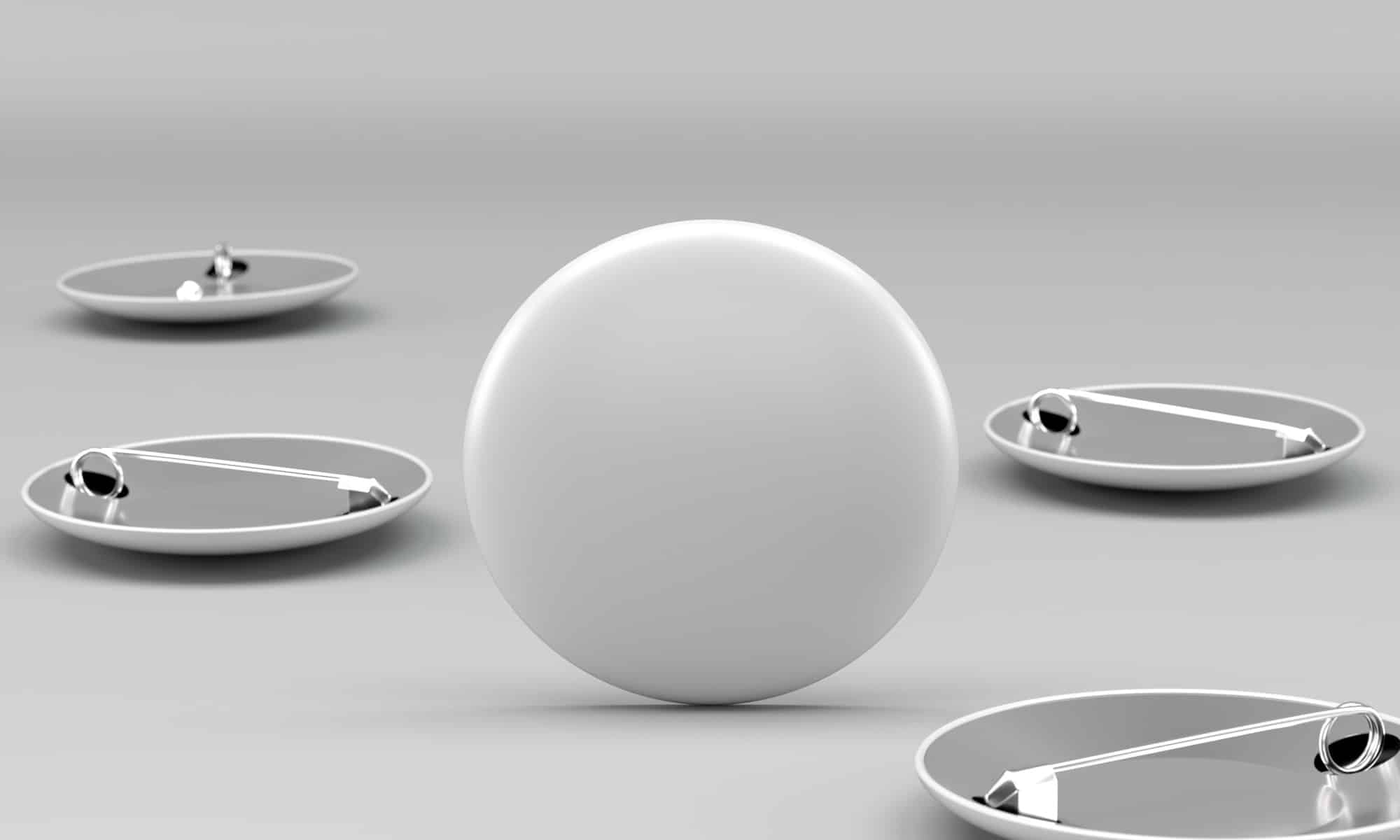







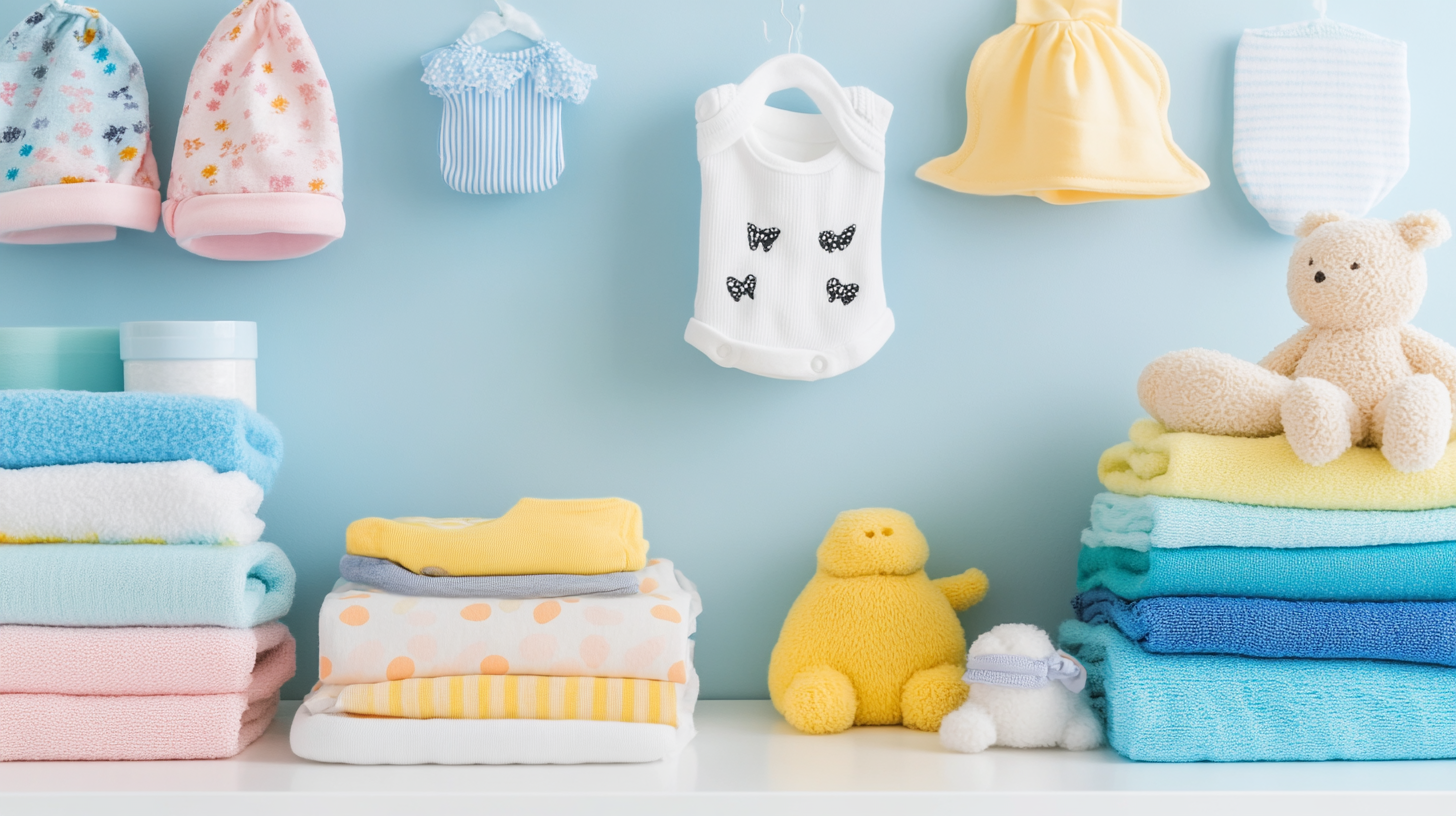




![11 Fantastic Kids Kayaks for 2023 (Amazon)[P]](https://cdn.mothersalwaysright.com/wp-content/uploads/2023/11/44407222_l-scaled-1.jpg)




